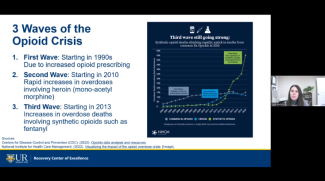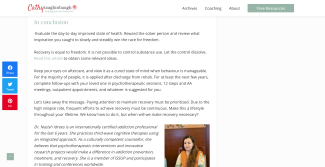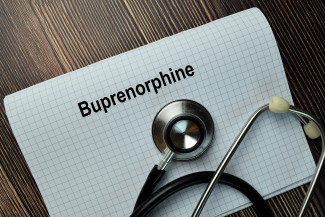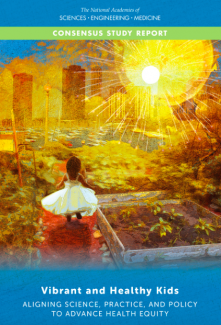Search
Science of Self-Care: How It Helps and Why It Matters
Synthetic Opioids: Navigating a Changing Landscape in the Treatment of Opioid Use Disorder
Introduction to Forensic Substance Use Evaluation
Implementation and workflow strategies for integrating digital therapeutics for alcohol use disorders into primary care: a qualitative study
Abstract
Background
Alcohol use disorders (AUD) are prevalent and often go untreated. Patients are commonly screened for AUD in primary care, but existing treatment programs are failing to meet demand. Digital therapeutics include novel...
What Are The Five Stages Of Change?- A Blog Dedicated to Educate the Families of people with Addiction
The blog is a rich source of learning.
You may read the information at your pace.
Share with the clients and their families to equip themselves with the simple strategies to take steps towards more recovery and less relapse.
Here- https...
Teacher attitudes toward evidence-based practices: Exploratory and confirmatory analyses of the school-adapted evidence-based practice attitude scale
Abstract
Background
The Evidence-Based Practice Attitudes Scale (EBPAS) is widely used in implementation research, but it has not been adapted and validated for use among general education teachers, who are most likely to deliver evidence...
Outpatient Alcohol Withdrawal Management: A Tool for Global Practice Settings
Disruptions to U.S. local public health’s role in population-based substance use prevention and response during COVID-19
Background
COVID-19 dramatically limited the scale and scope of local health department (LHD) work, redirecting resources to the response. However, the need for essential public health services—including substance use prevention—was not...
Variations in national availability of waivered buprenorphine prescribers by racial and ethnic composition of zip codes
Background
Opioid overdose remains a public health crisis in diverse communities. Between 2019 and 2020, there was an almost 40% increase in drug fatalities primarily due to opioid analogues of both stimulants and opioids. Medications for...
Severe bacterial infections in people who inject drugs: The role of injection-related tissue damage
Abstract
Background
In the context of the current U.S. injection drug use epidemic, targeted public health harm reduction strategies have traditionally focused on overdose prevention and reducing transmission of blood-borne viral...
High-dose buprenorphine induction in the emergency department for treatment of opioid use disorder
In response to the rising efficacy of the illicit opioid drug supply and often observed delays in access to follow-up therapy, emergency departments (EDs) occasionally utilize a high-dose buprenorphine induction method for the treatment of...
High-dose buprenorphine induction in the emergency department for treatment of opioid use disorder
Abstract
Importance: Emergency departments (EDs) sporadically use a high-dose buprenorphine induction strategy for the treatment of opioid use disorder (OUD) in response to the increasing potency of the illicit opioid drug supply and...
An Integrative Review of Measuring Caregiver Burden in Substance Use Disorder
Abstract
Background: Family caregivers contribute to engagement in treatment and adherence, reduced substance misuse and relapse, and increased well-being of recipients with substance use disorder. However, providing care has also been...
A US national randomized study to guide how best to reduce stigma when describing drug‐related impairment in practice and policy
Telehealth Learning Series
The Addiction Technology Transfer Center (ATTC) Network, the Center for Excellence on Protected Health Information (CoE-PHI), the National Consortium of Telehealth Resource Centers, and the Center for the Application of Substance Abuse...
COVID-19: Potential Implications for Individuals with Substance Use Disorders
As people across the U.S. and the rest of the world contend with coronavirus disease 2019 (COVID-19), this article warns that the research community should be alert to the possibility that it could hit some populations with substance use...
Tobacco Use Among Lesbian, Gay, Bisexual and Transgender Young Adults
It is recognised that smoking and use of tobacco products among lesbian, gay, bisexual, transgender and queer (LGBTQ) young adults is higher compared to their heterosexual and cisgender peers.
Although it is believed that within the LGBTQ...
Vibrant and Healthy Kids: Aligning Science, Practice, and Policy to Advance Health Equity
Early experiences and life circumstances shape prenatal and early childhood development, with powerful impacts on the developing brain and body that shape health outcomes across the life course and can span generations. The preconception...
Evidence-Based Practices Resource Center
Share the Knowledge: ISSUP members can post in the Knowledge Share – Sign in or become a member






